
16 minute read
FEATURE: NUTRITION IN CHILDREN
Pharmacy Role in Nutrition in Children
The children’s nutrition market is far from an easy nut to crack. A recent New Nutrition Business Survey found that the failure rate in this sub-section of the food and beverage market was higher than in any other.
Of 71 kids start up brands started since 2003, 47% have completely disappeared. Profitability for survivors has proved very challenging. One brand however has bucked these trends. Ella’s Kitchen is a range of organic baby and toddler food from the UK sold in several international markets and has driven category change within childrens’ nutrition offering resealable, squeezable pouches as an alternative to the traditional glass jar. This packaging innovation fits with several of the consumer lifestyle trends now demanded by purchasers. It helps busy parents by providing greater convenience and keeps the product fresher for longer, helping them to get more healthy fruit and veg goodness into their little ones.
This is further emphasized by 2019’s Mintel Children’s Healthy Eating Habits which found that only 18% of children are eating the recommended 5 portions of fruit and vegetables every day. Of course, the pouches from the Ella’s Kitchen range are also more sustainable, the brand being very keen to stress its green credentials and how it needs fewer lorries and less fuel for transportation than its competitors. Its effect on supermarket own brand labels is evident.
Follow on-formulas, although not specifically recommended by healthcare experts, still hold their place in the market and are demanded by parents. Brand leaders are the familiar player like Aptamil, Cow & Gate, SMA and Hipp Organic. These have been covered in recent articles in the IPN.
The New Nutrition report makes further recommendations that Irish food and drink companies interested in developing kids products should take note of. The age range targeted is a real determinant of success. The 1-6 year olds are the easiest to win over.
Primarily it’s parents who are the decision makers as to what children in this age bracket eat. They want reassurance they’re giving their children the best start possible so health is a strong motivation for purchase. ‘No added sugar’ is a requirement. Parents will accept the natural sugar in fruit and vegetables given their other nutritional components but reject anything else as ‘unhealthy’. Finally, when it comes to the type of product to devote shelf space to, think ‘snackification’. This is partly driven by its ‘anywhere, anytime food’ positioning. It can be lunch at home or at school or it can be a ‘between meal’ filler before playgroup or extracurricular activity. Contrast this with ranges of child-friendly, Written by Rob Wood, MPSI, MRPharmS DHPH, Superintendent Pharmacist, Cara Pharmacy Group
chilled ready meals. The Kiddylicious range of finger foods branded to promote real fruit constituents are extremely popular and have performed well over the last 12 months.
Outside of actual food products, supportive products remain popular and are often driven by new parent information, back to school or examination cycles. Multivitamins - Well Baby is the market leader followed by Haliborange as a trusted brands and are often sought by new parents to ensure that baby has all the nutrients they need for the best start, no matter if breast or bottle fed. Vitspritz is a newer brand that delivers doses by spray orally and has quickly become popular. Vitamin D - BabyVit D3 and Well Baby Vit D drops are the strongest performers here. There is no new parent list that this product does not feature on. The health promotion message really is hitting home with parents that this is an essential part of a new baby regimen. Energy - Haliborange and Pharmaton are most purchased in this category. Parents are looking to ensure that all bases

are covered and in particular want reassurance that fussy eaters in particular are not missing out on any nutrients for energy. Immunity - Sambucol is a handsdown winner. Trusted and enjoyed by many families for many years it is purchased as prevention and support for active cough/cold/flu symptoms.
Omega-3 - Vital at back to school and examination time. Equazen arrived to market with much fanfare and a link to a health study, however other brands, such Dr Denis McCauley, Chairman of the GP Committee of the IMO said the increase in assessments for children was being experienced across the country. “Our GP members right across the country are reporting a very significant increase in request from parents for assessments of their children for possible Covid-19. We had anticipated a development like this following the long awaited reopening of the schools but we are nevertheless struck by the volume of enquiries being received by members.” as Eskimo have moved into the area and there is a large focus on taste as original products were considered less palatable.
Probiotics have surged in popularity in recent years and are often endorsed by pharmacist recommendations in cases of poor health or to support recovery after antibiotic therapy. Bio-Kult, Afflorex and Udo’s Choice are market leaders in this area.
With respect to healthy lifestyle advice, pharmacy colleagues who are parents can empathise Dr McCauley said the IMO supported the reopening of schools and that Public Health doctors were working closely with schools across the country to manage any reported cases of Covid. “It is absolutely right that the schools have reopened and that parents are seeking advice on possible Covid cases. The increase in demand for assessments is positive as it demonstrates that parents are monitoring their children’s health closely. It also
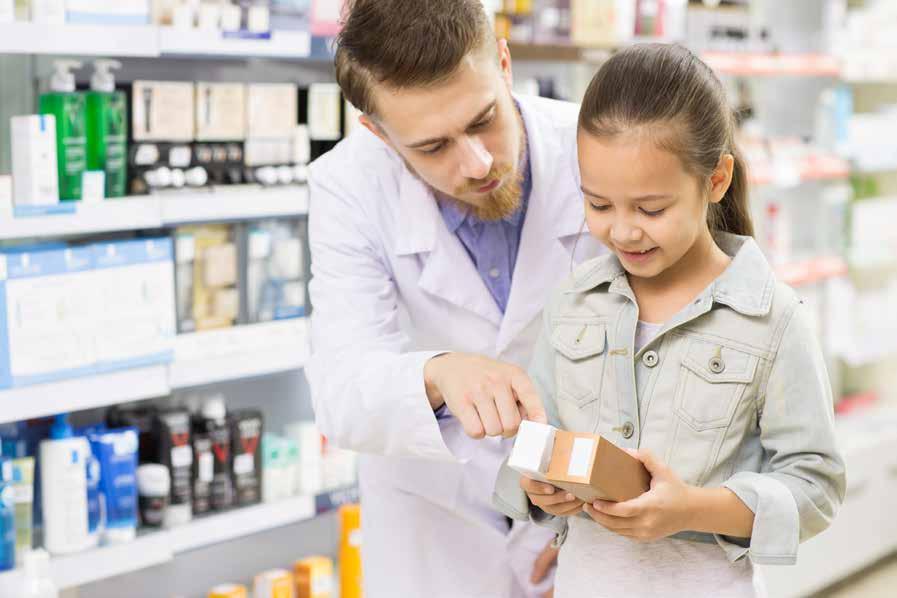
that we’re all aware of the healthy eating advice that can be followed for children. However, the worry that goes along with making sure they eat something, even if it’s not the “right” thing is very stark for any parent and so it is important to offer this advice in a non-judgemental way. This is where continued relationship building with patients that is the cornerstone of pharmacy practice becomes invaluable. Knowing that you have advice to give and really understanding your customer so that you know when and how to deliver it is key on this topic. allows the GP an opportunity to assess each presentation and to filter out non-essential testing but also to pick up important nonCovid presentations. By being proactive, they are doing their bit to prevent the spread of Covid within the schools and the wider community and are doing a great job but it is important that all of us in society support this by doing our bit handwashing, social distancing and reducing contacts. We cannot forget the basics and if anyone has symptoms they It’s important to focus on the evidence base and align advice with national guidelines, so make sure you and your team are aware of them. Checking with parents how they think things are going can help lead a conversation e.g.: “How do you think your little one is doing in getting their 5 a day? It can be really hard, can’t it?” “With all the advice that is around, it can be hard to choose the right foods to give a balanced diet - will we check what is recommended for your child and look at some appropriate supplements?” “If you’d like to check what’s considered a healthy and normal weight for the age of your little one, we can help you find out. We can even help take the measurements if you’d like.” For specific scenarios like when vegetarian parents make a choice for their child to eat a vegetarian diet, the job of the pharmacy is to highlight potential deficiencies that may arise, but more importantly offer solutions to support parents. Signposting details for Nutritionists and Dieticians should be available to the team to refer for extra care if needed.
Pharmacy and pharmacists still remain one of the most accessible healthcare professionals and first ports of call for queries from patients regarding infant and toddler feeding or supplements. Having a reliable range to recommend from is invaluable to ensure that your advice is acted on and even inspires the next visit to the pharmacy for any other queries at each life stage
Surge in Childhood GP Visits
The Irish Medical Organisation (IMO) has said that GPs around the country are reporting a “surge” in the number of children attending for assessment for possible Covid 19.
of children. should immediately self-isolate and contact their GP.”
Dr McCauley emphasised that parents with concerns about Covid 19 should focus on fever, sudden onset of cough or a child who is generally unwell with loss of taste or smell. Dr McCauley also encouraged parents to refer such cases to their GP as soon as symptoms develop as their GP is best placed to give a full assessment of each presentation.
Osteoporosis and what Women need to know
World Osteoporosis Day (WOD), on October 20 each year, marks a year-long campaign dedicated to raising global awareness of the prevention, diagnosis and treatment of osteoporosis.
There is a direct relationship between the lack of estrogen during perimenopause and menopause and the development of osteoporosis.
With World Menopause Day also being held on October 18th, community pharmacists need to be aware of the common presenting signs, symptoms and available treatments and advice, both to manage these conditions and to optimise health and wellbeing.
WOD aims to make osteoporosis and fracture prevention a global health priority by reaching out to health-care professionals, the media, policy makers, patients, and the public at large. The campaign will feature “THAT’S OSTEOPOROSIS” as a headline, highlighting emotionally impactful visuals and stories of real people living with osteoporosis in all regions of the world.
At present it is estimated that 300,000 people in Ireland have Osteoporosis. One in 4 men and 1 in 2 women over 50 will develop a fracture due to Osteoporosis in their lifetime. The disease can also affect children.
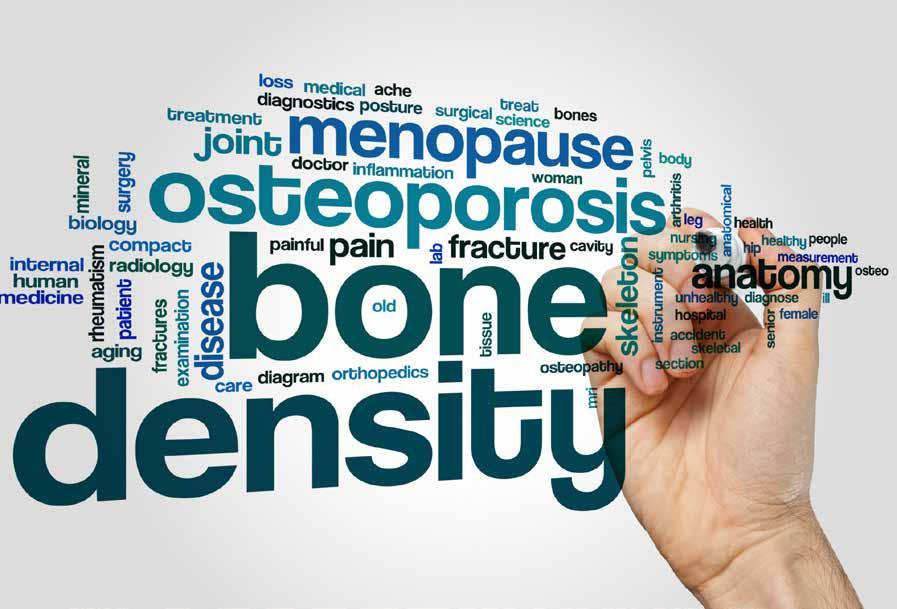
20% of people aged 60+ who break their hip will die within 6 to 12 months, due to the secondary complications of breaking a bone.
50% of people aged 60+ who break a hip will lose their independence. They will be unable to wash or dress themselves or walk across a room unaided. These statistics are why it is so important that people take responsibility for their bone health and check to see if they are at risk.
Only 15% of people in Ireland are actually diagnosed with bone loss, leaving 280,000 undiagnosed and facing losing their independence.
The WOD campaign will emphasize the direct link between osteoporosis (the silent, underlying disease) and broken bones, which have a serious, life-changing impact in terms of pain, disability and lost independence. It will also focus on osteoporosis as a ‘family affair’, with family caregivers often carrying the burden of care, and the disease affecting multiple generations of the family.
Signs that a person may have undiagnosed Osteoporosis. Usually the first sign of Osteoporosis is a fragility (low trauma) fracture e.g. a broken bone due to a trip and fall from a standing position or less.
Symptoms that a person may have undiagnosed Osteoporosis
Upper, middle or low back pain, especially if the pain is intermittent
Loss of height: It should not be considered normal to lose height as you age
Head protruding forward from the body, shoulders becoming rounded, the development of a hump on the back and / or a change in body shape (waist appears bigger or a pot belly develops). Most people have no pain until a fracture occurs, but a very small percentage of people have had back or hip pain, prior to a fracture.
Maintaining Bone Strength
Prevention is always better than cure. Much can be done to encourage the body to lay down healthy, strong bones. Childhood, adolescence and early adulthood are the times when most bone mass is being made, but even if the client is postmenopausal we still have much in the way of advice to offer, including ensuring the diet has adequate calcium and vitamin D.
Calcium is most easily obtained from dairy foods, but as an increasing number of Irish people are avoiding dairy products, advise about alternatives. Spinach, broccoli, baked beans, brazil nuts, tofu, tinned salmon or sardines, and apricots are all alternative sources of calcium. Low fat dairy products contain as much calcium as full fat products.
Vitamin D is obtained from sunlight, cod liver oil, oily fish, eggs, dairy products and margarine. If there is doubt about the amount of calcium and vitamin D that the patient is taking a supplement can be given.
A number of alternative agents for the treatment of established osteoporosis have emerged. These include biphosphonates (improve absorption of calcium into bone); calcitonin; calcitriol; fluoride; anabolic steroids; and selective oestrogen receptor modulators (SERMs).
Teriparatide is a self-injecting device which can be administered at home with a recommended dose of 20 micrograms, to be administered once daily by subcutaneous injection in the thigh or abdomen. Each dose of 80 microlitres contains 20 micrograms of teriparatide and one pre-filled pen of 2.4ml contains 600 micrograms of teriparatide (corresponding to 250 micrograms per ml). Alongside treatment with teriparatide, supplemental calcium and vitamin D should also be taken by patients if dietary intake is inadequate.
Patients must be trained to use the proper injection technique and on the correct use of the pen. The maximum treatment duration should be no more than 24 months and treatment should not be repeated over a patient’s lifetime. Following cessation of teriparatide therapy, patients should be continued on other osteoporosis therapies.
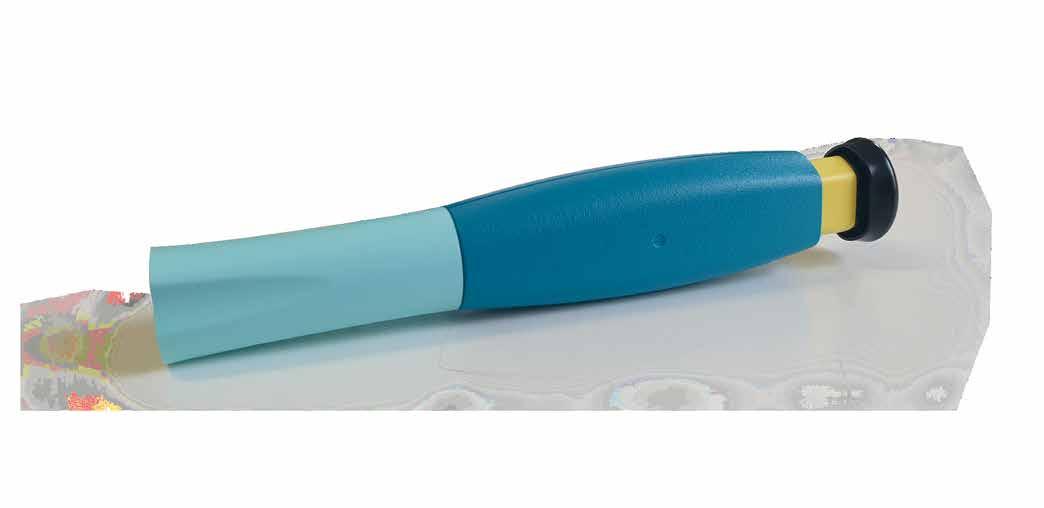

Teriparatide is indicated for the treatment of osteoporosis in postmenopausal women, men at increased risk of fracture and those in glucocorticoid-induced osteoporosis. It is generally considered a second line therapy for the treatment of osteoporosis however may be considered first line therapy in specific cases such as postmenopausal women at very high risk of fracture or patients with glucocorticoid-induced osteoporosis and multiple prior vertebral fractures.
What Women Need to Know
There are multiple reasons why women are more likely to get osteoporosis than men, including:
Women tend to have smaller, thinner bones than men.
Estrogen decreases sharply when women reach menopause, which can cause bone loss. This is why the chance of developing osteoporosis increases as women reach menopause.
There is a direct relationship between the lack of estrogen during perimenopause and menopause and the development of osteoporosis. Early menopause (before age 45) and any prolonged periods in which hormone levels are low and menstrual periods are absent or infrequent can cause loss of bone mass.
All post-menopausal women are at risk of osteoporosis and by the age of 80 over 25% of woman will have suffered one or more osteoporotic fracture. Risk factors for the condition include: family history; dietary problems; premature menopause; smoking; prolonged amenorrhoea; low trauma fracture; secondary to certain medication such as steroids; or certain conditions such as anorexia and malabsorption.
Menopause is defined as the point when a woman has her last ever period and signals the end of menstruation and fertility. It will only be in retrospect that they are aware of this occurrence, and they will need to have had no periods for over 1-2 years for menopause to have occurred.
For a lot of women most of the symptoms take place in the 4-8 years before menopause, during the phase called perimenopause. It is a natural time of transition and an inevitable outcome for all women.
According to the Irish Department of Health and Children, around 260,000 women in Ireland are going through the menopause at any one time.
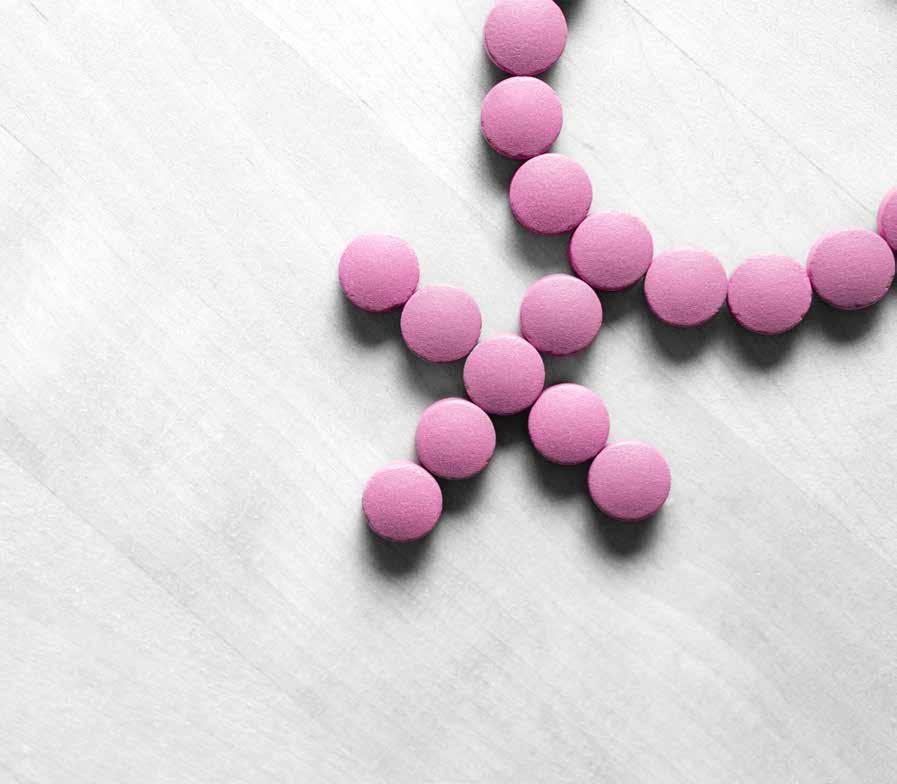
Signs and Symptoms
The most commonly reported menopausal symptoms are:
Hot flushes: A hot flush is a sudden sensation of heat in the upper body, typically the face, neck or chest, which radiates upwards and downwards, but usually lasts only a few minutes. The skin may become flushed or blotchy and women may also experience sweating, tachycardia (a rapid heartbeat) or palpitations.
Sleep disturbances:
Disrupted sleep is most often due to night sweats (the night-time manifestation of a hot flush), but can also be due to mood problems or primary sleep disorders. Long-term sleep disturbances can lead to irritability and problems with short-term memory and concentration.
Urinary and vaginal symptoms:
Women undergoing menopause often complain of vaginal dryness, discomfort, itching and pain during sexual intercourse (dyspareunia). Vaginal symptoms affect around a third of women in the early postmenopausal period, rising to almost half during the later postmenopausal period. Recurrent lower urinary tract infections are also more common during menopause. Other potential symptoms associated with menopause include loss of libido, headaches, depression, anxiety and tiredness.
Hormone replacement therapy (HRT) is the cornerstone of pharmacological treatment of menopause symptoms.
Most HRT preparations contain small doses of oestrogen or drugs with oestrogenic properties, which effectively alleviate vasomotor symptoms and reduce the risk of osteoporosis when taken in either the peri- or postmenopausal period. Oestrogen is typically combined with progestogen in women with an intact uterus in order to reduce the risk of endometrial cancer. Common side effects of HRT include breast tenderness or enlargement, nausea, headache and bleeding.
Tibolone is a synthetic hormone alternative to HRT, combining oestrogenic and progestogenic activity with weak androgenic activity, which is administered in a tablet formulation. Its side effects are similar to HRT and it is contraindicated in patients with a history of cardiovascular or cerebrovascular disease, uninvestigated vaginal bleeding and porphyria.
The choice of HRT for an individual woman should hinge on an overall balance of indication, risk and convenience.
A variety of vaginal lubricants and bioadhesive moisturisers are also available that can help ease symptoms of vaginal discomfort and dryness; many of these can be purchased over the counter.
KEY MESSAGES
Osteoporosis is the underlying cause of painful, debilitating and life-threatening broken bones – known as fragility fractures. Osteoporosis is a growing global problem: worldwide, fractures affect one in three women and one in five men over the age of 50. Osteoporosis affects families – family members often bear the burden of care
If a parent had osteoporosis or hip fracture, this may increase an individuals own risk of developing the disease.
Regelle is a long lasting vaginal moisturiser. Each application lasts up to three days. Clinically proven to provide immediate, soothing relief from vaginal dryness, irritation and discomfort.
Long Lasting Paraben Free Easy to Use Applicators Immediate Comfort
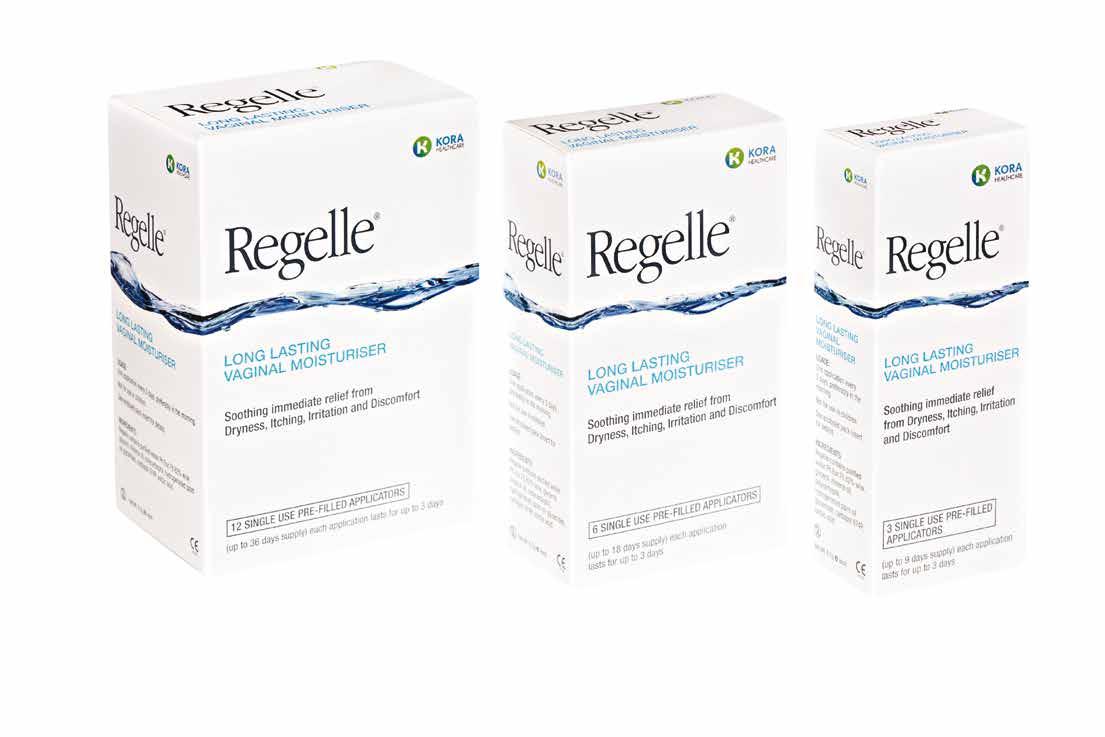
Water Based Hormone Free Restores and Rejuvenates Clinically Proven
Celebrating Women this World Menopause Day October 18 2020

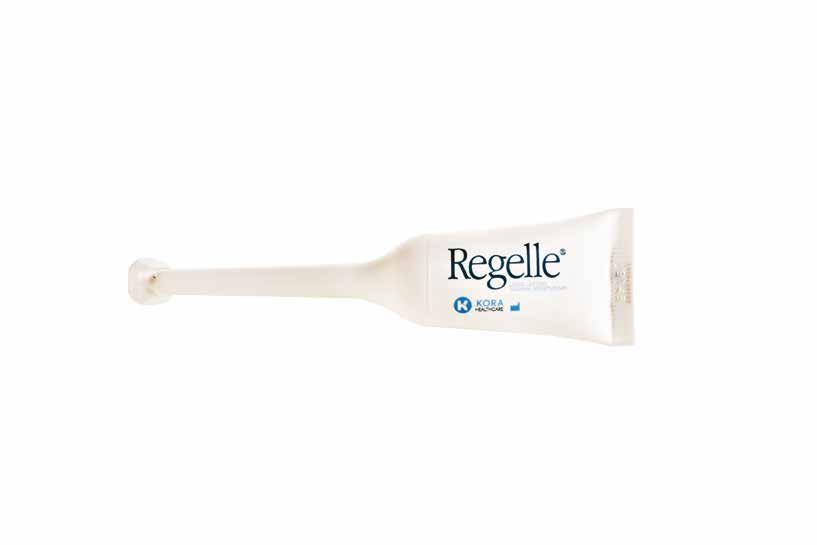



Available from your local Intrapharma Rep






